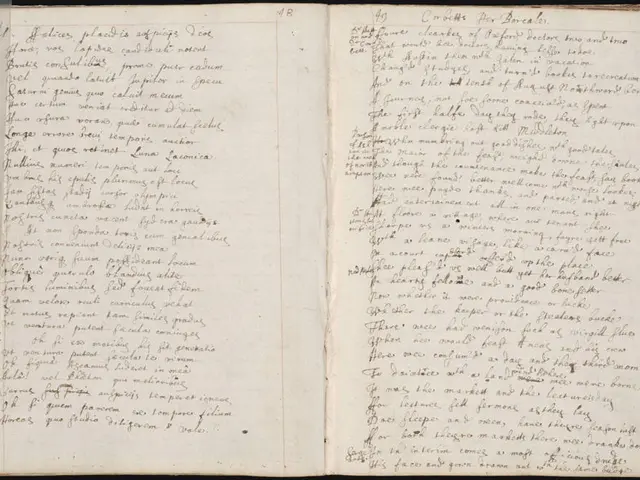Understanding Wellbeing and Illness: A Deep Dive
Understanding the Principles of Health and Disease in Homeopathy
The fundamental concepts of health and disease in homeopathy revolve around the vital force and dynamic balance within the living organism, explains a thorough examination below.
Defining Health
According to the World Health Organization's (WHO) conviction set in 1948, health is characterized as an optimal state of complete physical, mental, and social well-being, not merely the absence of ailments or infirmities. In homeopathic practice, health signifies the harmonious performance of the vital force—an unseen, dynamic energy that governs the body's internal functions and interaction with the environment. This energy sustains the body's structure and functions, allowing for physical, mental, and emotional well-being [2][5]. In the absence of this vital force, the body is viewed as an inert entity, lacking the powers of assimilation, reproduction, movement, and control [5].
Function of the Vital Force
The vital force maintains harmony by regulating physiological and psychological processes, acting as an internal master controller. Disease arises as a result of a disturbance or derangement of the vital force, which manifests initially as general symptoms affecting the mind and body before leading to organ pathology [2][5]. External factors like bacteria or viruses are perceived as mere triggers that activate underlying disease processes, with the primary cause being the disrupted vital force [5].
Concept of Disease
In the homeopathic system of medicine, disease is described as a state of imbalance or derangement in the vital force. This imbalance gives rise to observable symptoms—both mental and physical—which are expressions of the disordered vital phenomena. The visible pathology in organs and tissues is regarded as a secondary effect or consequence of the deeper dynamic disturbance [2][5].
In the practical application of homeopathy, disease symptoms are viewed as outward signs of a disrupted vital force, and true healing involves restoring harmony to this vital energy rather than merely suppressing symptoms.
Treatment in Homeopathy
Homeopathy treats disease by utilizing remedies that produce symptoms similar to those of the affliction in healthy individuals ("like cures like"). Treatment involves administering a remedy matched to the totality of the patient's symptoms in a highly diluted, dynamic form that stimulates the vital force to restore balance and health [1][2]. This holistic approach addresses mental, emotional, and physical aspects and aims for a lasting cure by removing the root cause—the disrupted vital force [2][5].
In summary, homeopathy views health as the balanced state of the vital force, disease as its disturbance, and treatment as an attempt to stimulate the vital force to re-establish harmony within the individual.
In homeopathic practice, health is not merely the absence of illness, but the harmonious performance of the vital force, an unseen, dynamic energy that governs the body's internal functions and interaction with the environment, contributing to physical, mental, and emotional well-being.
The field of health-and-wellness, as understood in homeopathic medicine, encompasses the understanding that disease is a state of imbalance or derangement in the vital force, which manifests as both mental and physical symptoms, and that true healing involves restoring balance to this vital energy rather than merely suppressing symptoms to achieve lasting mental-health, fitness-and-exercise, and overall well-being.







